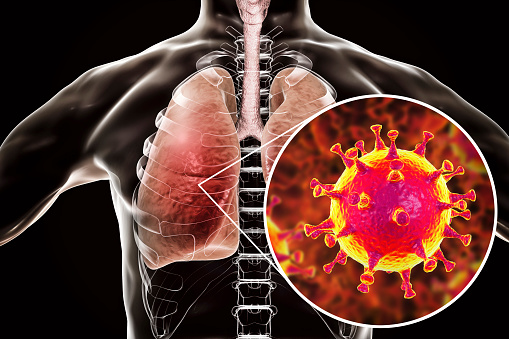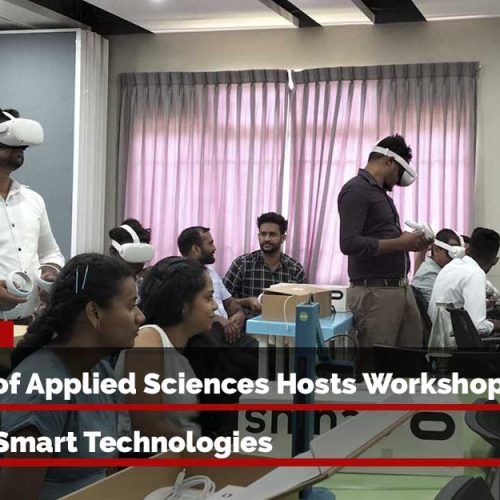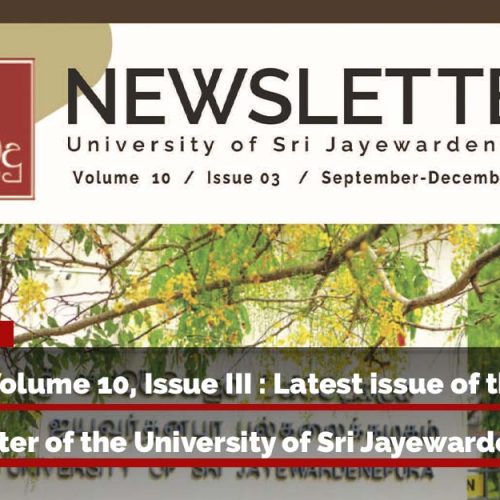
Novel Corona Virus 2019
2019 novel coronavirus (2019-nCoV) is a virus identified as the cause of an outbreak of respiratory illness first detected in Wuhan, China. Early on, many of the patients in the outbreak in Wuhan, China reportedly had some link to a large seafood and animal market, suggesting to animal –to person spread. However, a growing number of patients reportedly have not had exposure to animal markets, suggesting a person to person spread is occurring.
Infectious Agent
It is an emerging zoonotic disease that is transmitted between animals and humans. The virus is an RNA virus. It belongs to the family of viruses that include the virus that causes the common cold, and viruses such as severe acute respiratory syndrome (SARS) and Middle East Respiratory Syndrome (MERS). At the moment, this coronavirus is called novel coronavirus or “2019-nCoV”. A novel coronavirus (nCoV) is a new strain that has not been previously identified in humans.
Transmission
Person to person disease transmission has been proven through droplets and close contacts. People who are living on traveling to affected areas or who have had contact with other cases may be at risk of contracting the disease. People with an underlying illnesses that make them more vulnerable to respiratory disease, including those with diabetes, chronic lung disease, pre-existing kidney failure, or those who have suppressed immune systems, may be at higher risk The reported incubation period is 2 days to 14 days after exposure.
Sign and Symptoms
Mild to severe cases were reported among affected. Fever, cough, shortness of breath and breathing difficulties are the main manifesting disease symptoms among cases. Pneumonia, severe acute respiratory syndrome, kidney failure and death have been reported according to the severity of the disease. Chest radiographs show invasive pneumonic infiltrates in both lungs.

Laboratory Diagnosis
There is no specific test for Novel coronavirus 2019. Virus isolation is done through Polymerase Chain Reaction (PCR) assay by using upper respiratory tract samples (nasopharyngeal swab and viral throat swab), lower respiratory tract samples if Epidemiology Unit Ministry of Health and Indigenous Medical Services
231, De Saram Place, Colombo 10 Tel: (011) 2695112, Fax: (011) 2696583
possible and sputum if the patient has a productive cough, according to the guideline given.
The collection of samples should be done under the guidance of standard precaution and dispatch of samples should be carried out under the correct temperature. Treatment There is no specific antiviral treatment or vaccine available for 2019-nCoV. When a disease is new, no vaccine is available until one is developed. Symptomatic and supportive care is recommended according to the severity of the case.
Prevention
Prevention methods recommended for other coronaviruses are applicable to the 2019 novel coronavirus prevention. The World Health Organization (WHO) recommends measures to reduce the general risk of acute respiratory infections while traveling in or from affected areas by:
- Frequent hand cleaning by using soap, water or alcohol-based hand rub.
- When coughing and sneezing need to cover mouth and nose with a flexed elbow, handkerchief or tissue and dispose of used tissues correctly with hand washing.
- Avoid close contact with people suffering from acute respiratory infections
- If you have developed fever, cough, and shortness of breath, you need to consult a medical practitioner and need to tell travel history if any.
- Consumption of raw or undercooked animal products should be avoided as good food safety practices.
- Avoid close contact with live or dead farm or wild animals.
References
https://www.who.int/emergencies/diseases/novel-coronavirus-2019
https://www.who.int/news-room/q-a-detail/q-a-coronaviruses
https://edition.cnn.com/asia/live-news/coronavirus-outbreak-intl-hnk/index.html
https://www.who.int/health-topics/coronavirus/laboratory-diagnostics-for-novel-coronavirus
By Epidemiology Unit
Ministry of Health and Indigenous Medical Services










